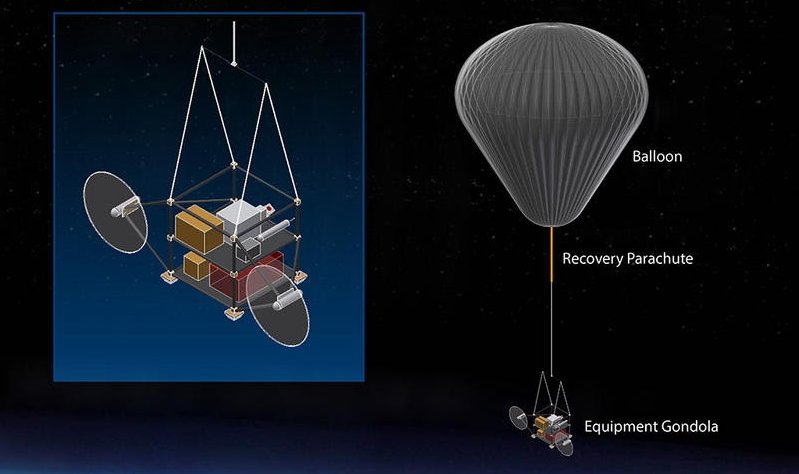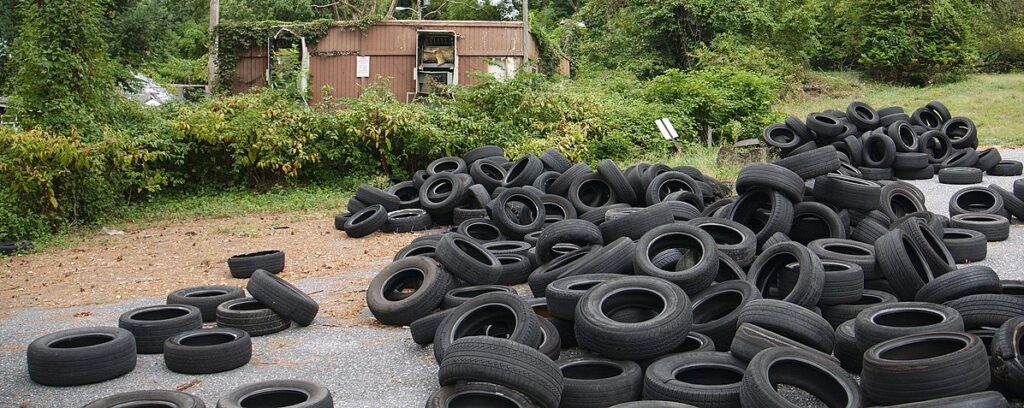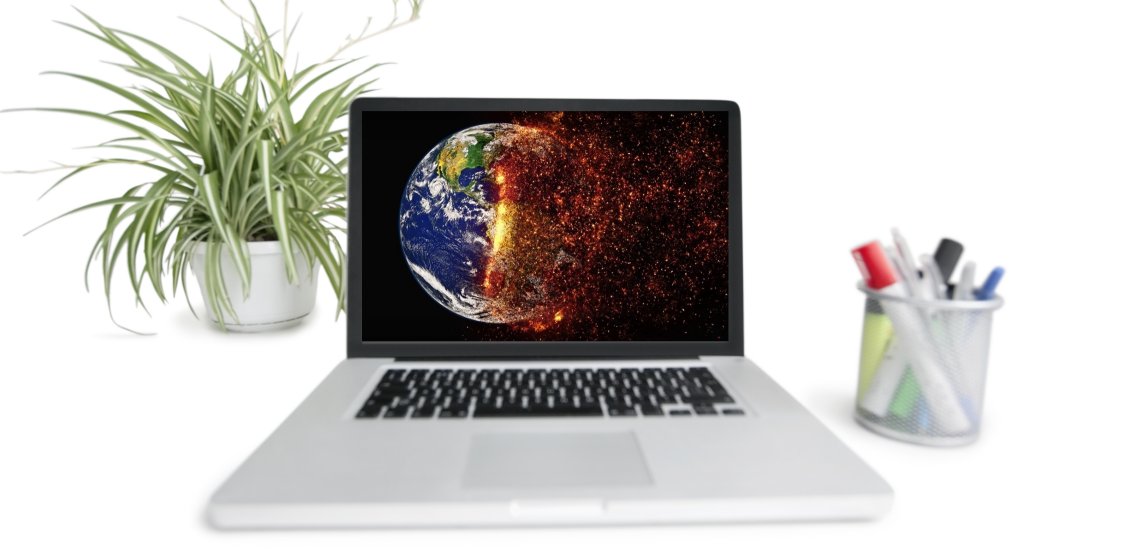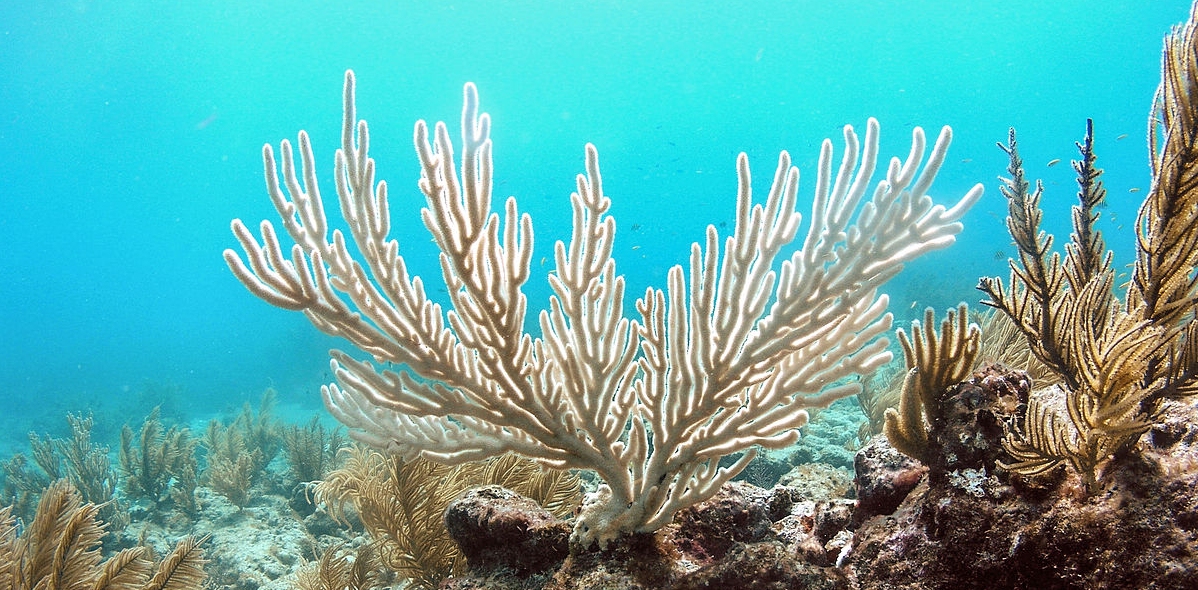
A reader sent me this article and asked for my comments on it. For some reason, the experiment that is discussed therein escaped my attention, but I read a more detailed discussion of it and found it to be quite intriguing. Essentially, a team of Harvard scientists wants to know if they can block some of the sun’s light so as to counter the effects of global warming, aka climate change. They want to do it by releasing a fine powder of calcium carbonate (chalk) high in the atmosphere. The tiny particles will eventually fall to the ground, but while they are in the air, they will reflect some of the sun’s light so that it never reaches the surface of the earth. That way, it doesn’t have a chance to participate in the greenhouse effect.
If you have been reading this blog for long, you know that I am very skeptical of the idea that global warming (aka climate change) is a serious problem. We don’t know what portion of it is caused by human activities, and we have no idea how much danger it poses. Unfortunately, politics has poisoned the science surrounding it. As one of the most accomplished climate scientists of our time says, much of what passes as climate science these days is shoddy specifically because of the influence of politics.
Nevertheless, it is certainly possible that global warming (aka climate change) might have serious long-term consequences. As a result, we should look for ways to mitigate the effects, if we eventually find that there will be some. We know the result of cutting carbon dioxide emissions with current technology: people will die. That’s because reducing emissions with the technology we have now makes energy more expensive, and the more expensive energy is, the more people die. (see here and here). Thus, we should examine other methods that might mitigate global warming with a lower body count. That’s what this Harvard experiment is all about.
Are there risks associated with it? Initially, no, because the first experiment, planned for June of this year, would only test the hardware (pictured above). It wouldn’t actually release any powder. If that goes well, the scientists plan a small-scale test that would release no more than 2 kilograms (4.4 pounds) of the powder. That’s not enough calcium carbonate to produce any negative effects. However, it will allow the scientists to study how the calcium carbonate behaves and whether or not the computer simulations of its behavior are correct.
Of course, the issue is what happens next. In order to change the earth’s greenhouse effect in any significant way, there would have to be a lot more calcium carbonate released, and it would have to be released on a semi-regular basis. That could definitely produce serious, long-term consequences. Nevertheless, there is no way to realistically know what those consequences might be unless the initial tests are performed. Thus, this experiment seems reasonable, at least in the initial stages that have been proposed. It will simply be a way of judging the safety and efficacy of the process. The results won’t be definitive, but they can at least guide the scientists in their future plans.
Here’s the bottom line: We know that all currently-planned attempts to slow global warming (aka climate change) will result in people dying. This new approach might result in that as well, but we don’t know. If experiments like the ones planned by Harvard proceed, at least we can have some data that will allow us to see if this method has a lower body count than the currently-proposed methods. It seems to me that’s something worth learning.




 Carbon dioxide absorbs the infrared radiation that the earth emits, trapping it before it leaves the planet. This warms up the atmosphere, making the earth a haven for life. Obviously, then, the more carbon dioxide we put into the atmosphere, the warmer it will get, right? Not necessarily! As I tell my high school and university students over and over again: Science isn’t simple! As a result, conclusions that seem “obvious” to most people (even most scientists) are often absurdly wrong.
Carbon dioxide absorbs the infrared radiation that the earth emits, trapping it before it leaves the planet. This warms up the atmosphere, making the earth a haven for life. Obviously, then, the more carbon dioxide we put into the atmosphere, the warmer it will get, right? Not necessarily! As I tell my high school and university students over and over again: Science isn’t simple! As a result, conclusions that seem “obvious” to most people (even most scientists) are often absurdly wrong. 



